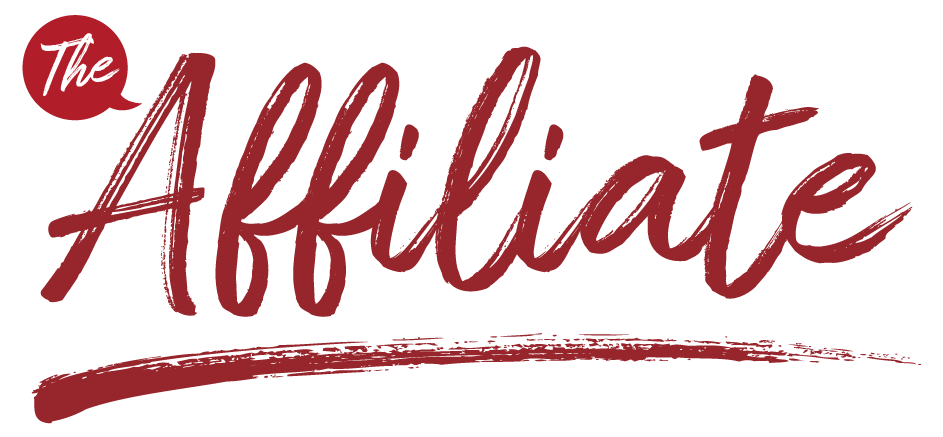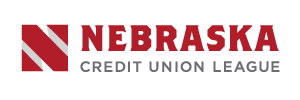What best practices are other credit unions already following? And is now a good time to help?
By James McCabe
 U.S. News & World Report released the results of its recent study on ID theft and its effect on people’s lives. The alarming statistics from this study are eye opening and highlight “financial loss” to consumers as a major concern, which has increased annually. These increased losses are compounded as consumers face a very tough economy, with many of them “living paycheck to paycheck.” Of those victims surveyed, 33% were victims of financial account takeover at least once, and 15% experienced losses beyond $1,000. Most Americans couldn’t handle this kind of loss.
U.S. News & World Report released the results of its recent study on ID theft and its effect on people’s lives. The alarming statistics from this study are eye opening and highlight “financial loss” to consumers as a major concern, which has increased annually. These increased losses are compounded as consumers face a very tough economy, with many of them “living paycheck to paycheck.” Of those victims surveyed, 33% were victims of financial account takeover at least once, and 15% experienced losses beyond $1,000. Most Americans couldn’t handle this kind of loss.
Recent data breach events in our country, such as the HCA Healthcare breach and the MOVEit breach, have affected tens of millions of consumers and escalated subsequent ID theft threats nationwide.
While technology has helped reduce car theft and house invasions, in sharp contrast, it has only increased the odds of ID theft each year. The reality is that the bad guys already have our personal data, and it is only a matter of when, not if, they will eventually maliciously use it.
And there is a good chance it won’t be just once – as the U.S. News study also showed, almost a third of the surveyed victims were attacked multiple times.
So, if members are willing to pay increasing, exorbitant amounts of money for car and home insurance every year, wouldn’t they be willing to protect their Personally Identifiable Information (PII) and financial well-being for a much lower cost? And since most PII protection options range from $20 to $40 per month from retail resources, wouldn’t they rather pay a range of $5 to $7 per month to their credit union for even better services – from the institution that they already trust?
On top of all the potential risk to their PII and financial well-being, consumers (your members) also face financial stress during the current economic disaster in our country. A Sept. 5 Forbes article, “Viral TikTokers Claim the U.S. Is In a ‘Silent Depression’ Worse Than The Great Depression,” stated, “Although wage growth climbed 0.2% in August, according to the recent jobs report data by the Bureau of Labor Statistics, it is not enough to curb the impact of high inflation and the rising costs of living. Housing, education and health care costs continue to appreciate, leaving families with less discretionary money. Consequently, an attendant mental health crisis accompanies the stress and anxiety of constantly trying to keep up financially.”
To further exemplify the financial hardship consumers feel, on Sept. 13, Georgia’s Governor, Brian P. Kemp, declared a state of emergency due to the 40-year-high inflation and negative economic conditions felt by hardworking Georgians, and he suspended a fuel tax.
More and more credit unions across America recognize the need and opportunity to step up with actions to help their members in this tenuous moment in history. As a best practice, many credit unions have identified a package of new benefits to include within their members’ accounts, typically a checking account. These credit unions have leveraged their member base to obtain group rates for these new benefits like robust ID theft protection, mobile phone insurance, telehealth services, roadside assistance and a savings/discount app at a significantly lower cost than for what their members would be able to find elsewhere. A benefits package such as this would retail at $100 a month or more, but these credit unions will charge a nominal
$6 or $7 monthly fee for a checking account that includes these benefits, thus creating an unmatched value proposition for their members. (Note: These credit unions have also realized some valuable new liquidity with non-interest income as a result of these efforts to help their members.) And in response, members are positive and grateful, and breathe a sigh of relief.
These decisive, strategic actions by credit unions can provide members with direct and meaningful savings to ease financial stress and offer them peace of mind against ID theft threats. Credit unions could also use this benefit package strategy to lower their current punitive fees. For example, one credit union took the opportunity to drastically reduce its overdraft/NSF fees to demonstrate its “CU centric” loyalty to support its members in this time of financial difficulty. This credit union success story is worth investigating.
So, as ID theft attacks continue to escalate and get more financially harmful, and data breach events expose millions of consumers (your members) to criminal activity, there are critical steps your credit union can take to give members powerful protection and ease the financial pain they are experiencing. By giving members a suite of services that includes these protections and financial benefits, you simultaneously provide the “awareness” moment members need. Who else will do this for them? Why not seize the opportunity to initiate some of these best practices to address your members in a way that increases their engagement and deepens their relationship with your credit union? There is no doubt that now is an excellent time to take action in a way that no other institution could for your members.
James McCabe is SVP – Identity Theft Solutions for Vero LLC in Scottsdale, Ariz.


